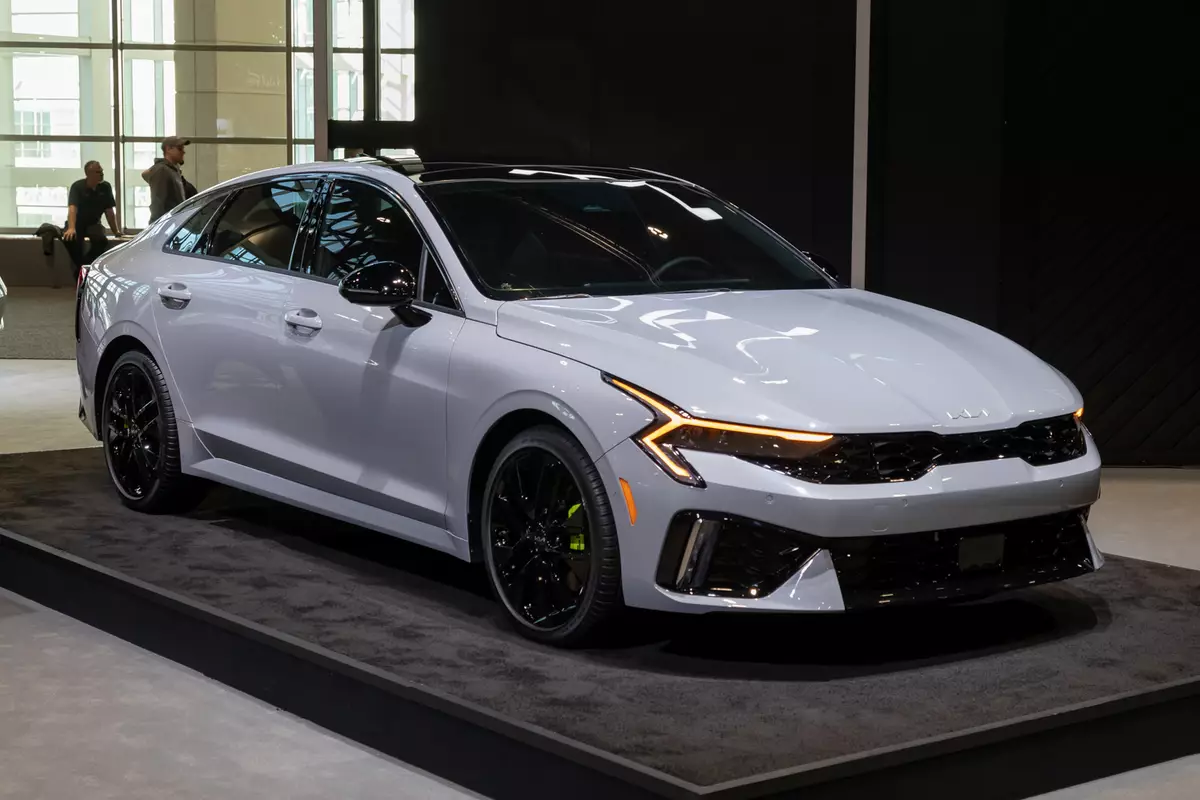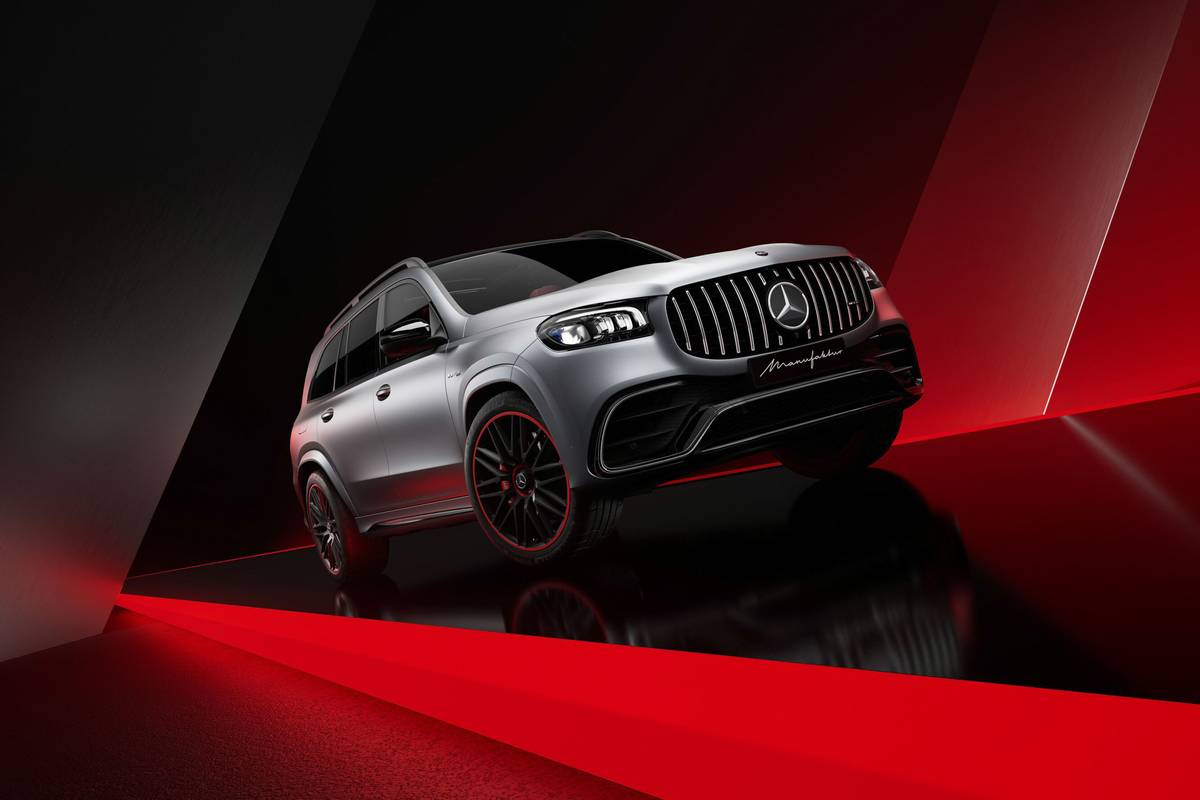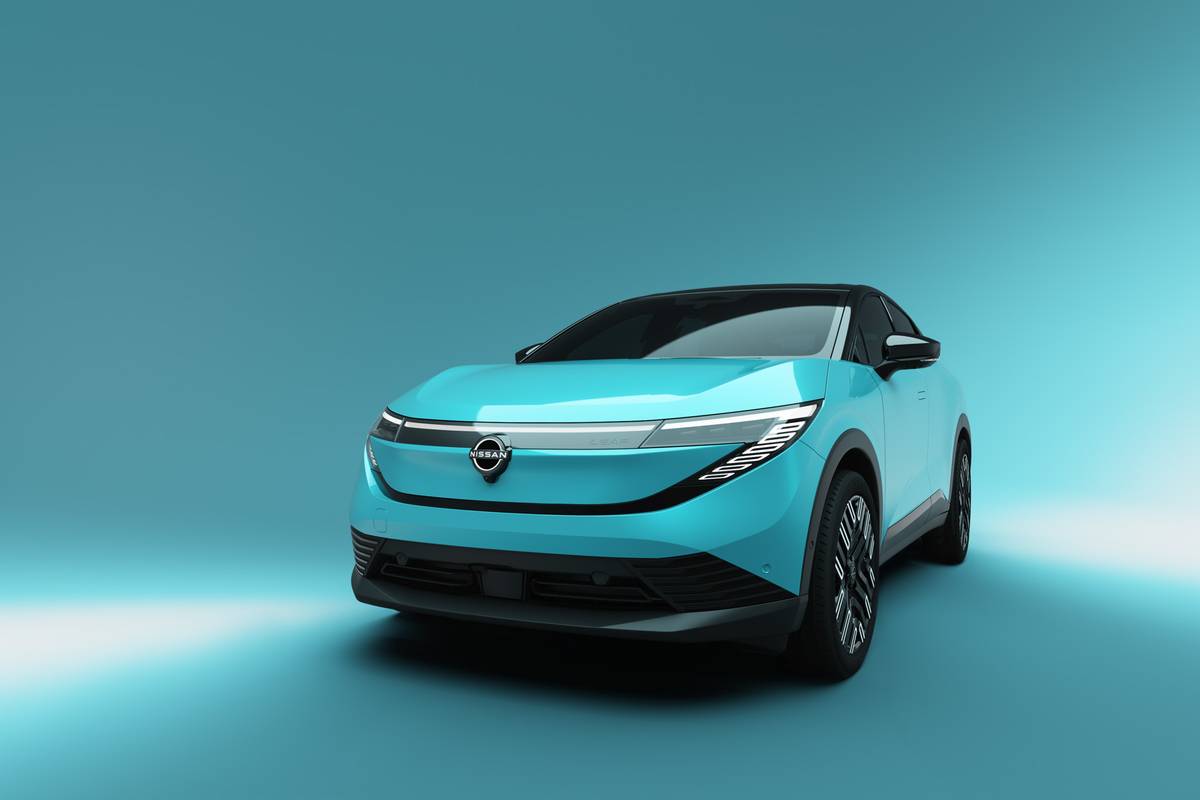washingtonpost.com's view
The Mitsubishi Diamante proves that cubic zirconia can become a genuine diamond.
The car, once a poor imitation of European automotive luxury, is now a luxury leader in its own right.
The word “leader” isn’t used lightly. The 1997 Diamante sets new standards in quality, design and technical innovation at a reasonable price. I expected less. Bad memories die hard.
Time spent in previous Diamante automobiles was spent in frustration. On the outside, the cars looked like bad cuts of BMW 7-series models. Their interiors were fragments of various luxury styles — a bit of BMW here, Mercedes-Benz there, Cadillac here, Lexus there. It was as if Mitsubishi thought it could appeal to all luxury auto buyers by making the Diamante appear to be all luxury cars.
It didn’t work. Diamante sales went nowhere. Mitsubishi pulled back, regrouped, rethought and reworked. The results, as shown in the tested 1997 Diamante LS, generally are excellent.
Exterior and interior styling, those things auto buyers readily can see and feel, reflect that success. There is a complete flow to the car’s body, moving up from its V-shaped grille to its hood to its roofline, and down from its roofline to its rear deck, where the movement takes a gentle upward sweep again.
The interior is no longer a hodgepodge of competing design intentions. This week’s LS, for example, is done up in soft, color-coordinated leathers — a mixture of black and cream, with the black pieces on top of sections such as the interior door panels. There is a beauty here, free of ostentation.
Although the new Diamante retains the same 107.1-inch wheelbase as its predecessor, there is more space inside — 7.4 cubic feet more. Credit Mitsubishi’s decision to reduce interior intrusions by moving the car’s four wheels to its farthest corners. Mitsubishi dropped 300 pounds from the vehicle through extensive use of lightweight aluminum.
Overall, it is an exemplary piece of work, which shows what can be done when people simply decide to do better.
Background: The Mitsubishi Diamante is a front-wheel-drive sedan capable of seating five people comfortably. It is a player in the “near luxury” automotive segment, a category that appears to put you in the $25,000 to $35,000 range, where, quite frankly, you can find almost every automotive convenience found in higher-priced cars.
Anyway, the 1997 Diamante — sold as the top-of-the-line LS and less expensive ES — is a worthy competitor. In both trim levels, the car comes equipped with a 3.5-liter, single-overhead-cam, 24-valve, V-6 engine rated 210 horsepower at 5,000 rpm with torque rated 231 pound-feet at 4,000 rpm.
Both Diamante models are equipped with an electronically controlled, four-speed automatic transmission designed to adapt to the different drivers’ styles. The transmission system, which Mitsubishi calls Adaptive Transmission Control Management, is a clever refinement of an old idea — the “thinking” automatic gearbox, which is programmed to operate differently within certain pre-set driving ranges. Using enhanced computerization, the Mitsubishi automatic literally learns individual driving styles and adapts accordingly, the company’s engineers say. The result is a more fuel-efficient use of engine power, they claim.
(My spouse and I tried this experiment: She drove the Diamante one day. I drove another day. We alternated back and forth. The upshot was arguments. She said I was messing up the car. I accused her of doing the same. The adaptive transmission apparently works. But I don’t think it’s such a great idea.)
Other standard equipment on the 1997 Diamante includes power four-wheel-disc brakes, four-wheel-independent suspension (front strut, rear multi-link with front and rear stabilizer bars), electric rear window defroster and side-window defoggers, power windows and door locks, an anti-theft system and dual front air bags. Anti-lock brakes are optional on both the LS and ES.
Mitsubishi Diamante
Complaint: Mitsubishi put radio and sound system controls in the steering-wheel hub for convenience and safety (changing stations while driving), but the company put them in the wrong place. The controls are at the bottom of the hub, where they are difficult to reach, instead of at the sides of the hub, where they would be easier to use.
Praise: An overall excellent redesign. The Diamante is now truly competitive in the luxury league.
Head-turning quotient: Classy, attractive — Mitsubishi. No longer an imitation of all things European.
Ride, acceleration, handling: Triple aces — when I drove it before my spouse. (She says it did quite well in these categories when she drove it two days straight.) What the heck. Braking was excellent. The tested LS had the optional anti-lock system.
Mileage: A surprising 24 miles per gallon (19-gallon tank, estimated 440-mile range on usable volume of recommended premium unleaded, running mostly highway with light cargo).
Sound system: Eight-speaker AM/FM stereo radio and cassette with optional 10-disc auto changer. Mitsubishi/Infinity Premium Audio system. Excellent.
Price: Base price is $29,990. Dealer invoice price is $24,492. Price as tested is $33,021, including $2,561 in options and a $470 destination charge.
Purse-strings note: Compare Diamante ES with Nissan Maxima, Toyota Avalon, Oldsmobile Eighty-Eight, Buick LeSabre, Chrysler Concorde, Audi A6. Compare Diamante LS with Lexus ES 300, Acura TL, Mazda Millenia, Infiniti J30, Volvo 850.
CAR-NUNDRUM
When and where was the first parking meter installed?
Answer: Oklahoma City in 1935.
Latest news



